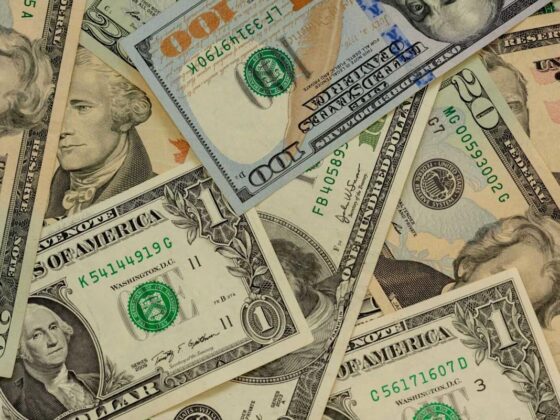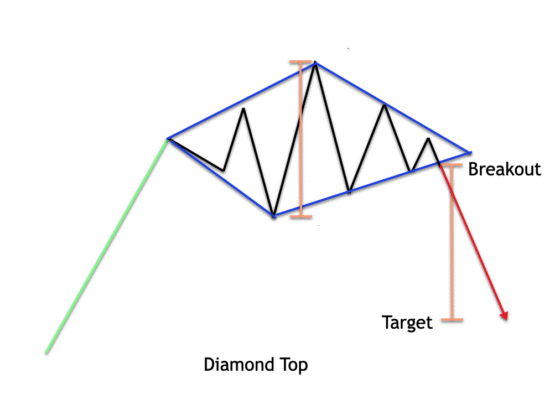It’s not magic. It’s not random. Gold has real reasons for moving the way it does—and once you understand those, you can make smarter trades. Right now in June 2025, gold is hovering around $3,275 per ounce. But that price isn’t fixed. It can swing $30 or more in a single day, depending on what’s going on in the world. So let’s talk about why it moves—and how you can use that knowledge.
First Things First: Supply and Demand
You’ve heard it a million times: Markets run on supply and demand. Gold is no exception. But here’s the thing—it’s not like printing money. Mining new gold is slow and expensive. Even if they find a big deposit, it can take years before it’s on the market.
That limits supply. Demand, on the other hand, is always shifting. About 50% of demand comes from jewelry and manufacturing The other 40%? That’s investors. And they can be jumpy. When the world feels safe, investment demand cools off. But when things get scary? Everyone wants gold.
Gold’s Reputation as a Safe Haven
Here’s where gold really stands out.It’s seen as a safe place to park money during chaos. Stocks crash? Currencies tumble? Gold often holds value. Think about recent events. Earlier in 2025, tensions between Iran and Israel spiked again. Oil prices jumped. Markets got nervous. Gold traders piled in, pushing prices from around $3,255 to $3,290 in just a few days. Why? Because when people panic, they want something they trust. But it’s not always so straightforward. Sometimes gold spikes quickly and then cools off just as fast. That’s why timing matters.
Currency Movements: The Dollar’s Role
Here’s a question: Why does gold care about the US dollar? Simple. Gold is priced in dollars. When the dollar is strong, gold gets more expensive for foreign buyers. Demand can slip. When the dollar weakens, gold gets cheaper—and demand can rise. For example, in June 2025, the US Dollar Index is around 102–103. Traders are watching it like hawks. Any hint the Fed might cut rates could weaken the dollar, giving gold a lift. So if you're only watching gold’s price without tracking the dollar? You’re missing half the puzzle.
Central Banks: The Big Players
Another question: Who buys tons of gold at a time? Central banks. These guys aren’t buying jewelry—they’re protecting reserves. Lately, emerging markets have been boosting gold holdings to diversify away from the dollar. When a central bank buys big? It can tighten supply, pushing prices up. But they can also sell to support their currency or raise cash. That can hit gold prices. And even beyond buying or selling, their monetary policies matter. Rate changes, bond-buying programs—all of it influences currencies and, in turn, gold. Take Australia. The RBA held its rate steady at 4.35% this June. That move kept the Aussie dollar fairly stable, which has its own subtle effect on gold in AUD terms.
Investor Psychology: It’s Not Just Numbers
Here’s something a lot of new traders miss: Gold prices are driven by what people think will happen. If investors worry about a recession, inflation, or geopolitical crises, they buy gold. Sometimes they even front-run these fears before the data confirms anything. For instance, rumors about new US tariffs on Chinese imports in 2025? Gold prices started reacting before any official announcement.
So as a trader, you need to pay attention to sentiment. Is the market feeling greedy? Scared? Is risk appetite high or low?
Reading the news, checking headlines—it’s part of the game. If you're new to this, A Beginner's Guide to Acting on Real-Time Gold Data can help you practice spotting these drivers on live charts.
Volatility: The Trader’s Friend (and Enemy)
You’ve probably heard traders love volatility. Why? Because it means price is moving—and moving prices mean opportunities.
One way to measure it is with the Average True Range (ATR). If the ATR shoots above the 15-day average, you can expect bigger swings. That’s great for breakout strategies, but risky if you’re unprepared. Some days, gold might sit quietly around $3,275. Other days, it could rocket $40 in a few hours. Your approach needs to adapt.
Events That Rock the Market
It’s not always complex economics. Sometimes it’s simple headlines.
• Central bank rate decisions.
• Inflation reports.
• Big geopolitical events.
• Currency interventions.
These can flip market sentiment in minutes.
Watching a Beginner's Guide to Acting on Real-Time Gold Data is useful, but it’s even better if you know why price is moving.
You don’t want to get caught buying right before a central bank announcement that sends the dollar soaring and gold crashing.
Putting It All Together
Gold doesn’t have just one driver. It’s a mix:
• Slow, steady supply constraints.
• Shifting demand from jewelry to investment.
• Safe-haven flows when investors get scared.
• The US dollar’s strength or weakness.
• Central bank actions, both direct and indirect.
• Overall market psychology.
As a trader, your job is to balance all that.
Look at real-time charts. Note where price is finding support or resistance. Watch the news. Track currencies. If gold is holding steady around $3,275 but the dollar looks weak and geopolitical tensions are flaring, that might be your cue. But stay flexible. The market changes fast.
Final Thoughts
Trading gold isn’t just about picking a direction and praying. It’s about understanding why gold moves—and being ready to react. Next time you see gold’s price jump on your screen, don’t just see a number. Ask yourself: What’s behind this move? Because once you know the drivers, you’re not just watching—you’re trading smart.
This is a sponsored post.













